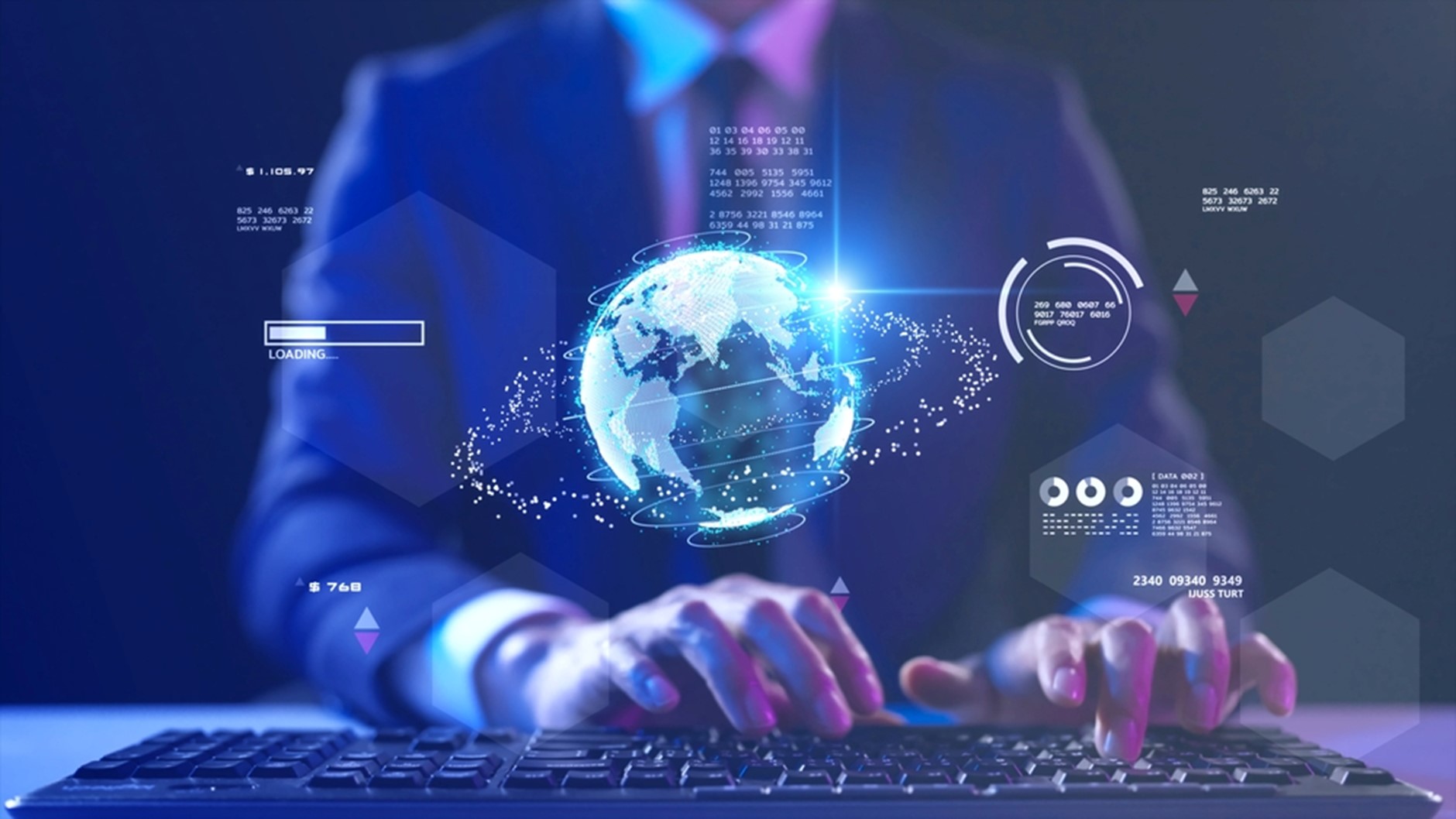What does being ‘future-ready’ mean?
September 6, 2024
| “In the mid-1930s, the average S&P 500 company could expect to exist for 90 years. Today, that average is just 18.” |
| Consideration of how organizations can future-ready themselves has become increasingly prominent in recent years. While developing a capacity to embrace and maximise technological innovation often dominates these conversations – with particular consideration of how to effectively employ the latest advancements in artificial intelligence (AI), automation, and digital technologies – there remain other critical avenues that organizations must navigate in order to ensure that their business structure is ready to make the most of the exponential workplace change expected over the next decade and beyond. This is not to downplay the role of technology. On the contrary, technological advancements are arguably the most significant drivers behind changing working practices, and thus must be a key priority for those hoping to build an organization adequately prepared for the future. The anticipated impacts of technological change are made clear in a May report by McKinsey, which explains that AI and automation are spurring on a shift in labor demand, that by 2030 could require up to 12 million occupational transitions in Europe alone. It predicts that organizations will likely need a “major skills upgrade” to adapt to these changes. Research by McKinsey has also demonstrated the significant impacts that have accompanied rapid technological evolution in the workplace over the last century. In the mid-1930s, it found, the average S&P 500 company could expect to exist 90 years. Today, that average is just 18. In the current landscape, “companies unable to adapt are sideswiped by more nimble rivals”, they conclude. |
| More specific research into the role and effects of technological innovation has been conducted by the Institute for the Future of Work, under the title of The Pissarides Review into the Future of Work and Wellbeing. The study, which seeks to understand the implications of technological transformations on organizational and individual work, has found that the adoption of AI in the workplace can have disproportionate impacts on organizations, depending on a variety of factors. Technology’s effects are not uniform, they conclude, and are intertwined with social and managerial choices within organizations, particularly in relation to investment in high-involvement human resource management. |
| The emphasis of investing effectively in your workforce in order to maximize the potential of technology, and thus build a future-ready organization, is also in Deloitte’s investigation into the future of financial services organizations. They conclude that investing in employees “is not just the cost of doing business, it’s the cost of sustaining your business in the long term.” Failing to do this, they suggest, not only does a “disservice to your employees”, but also may create a disparity between financial services and other industries more sufficiently preparing for the working practices of the future via their employees. Other McKinsey research reflects much of the same sentiment in regard to the workforce, noting the importance of investing in employee upskilling to accommodate the changing needs of the workforce into the future. Their research found that productivity can increase as a result by 6-12 per cent, coupled with increased loyalty and satisfaction. In fact, in a recent survey, 77 percent of business leaders indicated that retraining is very or moderately important for the future of their organization. Boston Consulting Group has also praised the role of investing in workforce. They note the risk of organizations getting caught up in technological upgrades but ignoring the importance of changing “how people work” too. Fusing both effectively sets up organizations for the future of work. But beyond readiness for the future through embracing technological innovation and investing in talent, some have pointed out that maintaining an effective overall organizational purpose is equally key in future-readying your organization. PwC’s report into the workplace of 2030 concludes this straightforwardly: “Businesses need a clear and meaningful purpose and mandate to attract and retain employees, customers and partners in the decade ahead.” As these studies suggest, future-readying your organization requires a multifaceted and holistic approach, considering technology, people, and organizational strategy. An effective plan for combining these is essential for businesses looking to thrive in the working landscape of the future. |

